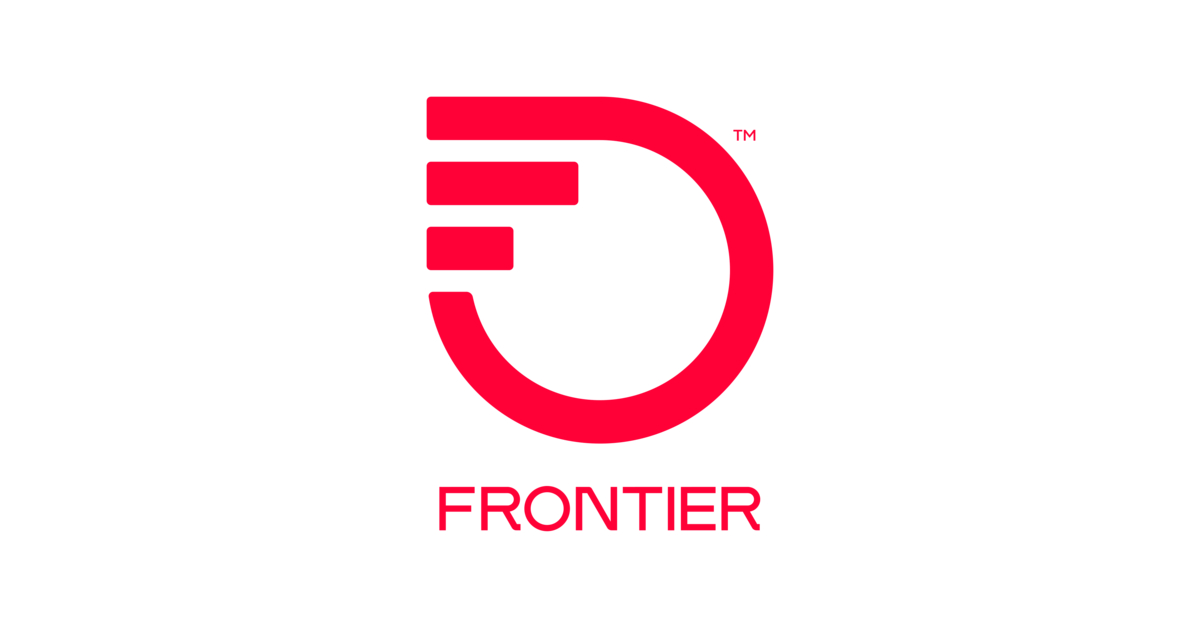It’s Time to Take Frontier Communications’ Fiber Plans Seriously
A year after emerging from bankruptcy, regional carrier has made some big moves; stock up 21% since mid-May

About one year after emerging from Chapter 11 bankruptcy protection, Frontier Communications has been a surprising success story, moving full-speed ahead with building out its fiber footprint, doing it at a cost lower than even the company expected and watching its stock, driven by changing investor sentiment, rise more than 20% in the past three weeks.
Frontier’s outlook wasn’t always so bright. In 2020, saddled with huge debt, a dwindling subscriber base and an outdated network, the company cleaned house under bankruptcy protection, refinanced its debt and refocused on delivering broadband via a state-of-the-art fiber network. About 14 months later — Frontier emerged from Chapter 11 protection in April 2021 — the company has a clear vision and a mission to beef up broadband speeds and reliability in its predominantly rural markets. Topping it all off is a new logo launched in April to reflect the company’s new direction and commitment to “relentlessly pursue betterness in our business and for our customers,” CEO Nick Jeffery said in a press release at the time.
That Frontier decided to merely change its logo rather than scrap its name and conduct a total rebrand was telling to MoffettNathanson telecom analyst Nick Del Deo. In a May research report, Del Deo wrote that the decision to refresh the brand was “indicative of the positive effects the changes being made throughout the organization are already having on customer perceptions and marketplace traction.”
Also: Equipment, Worker Shortage Could Delay Fiber Buildout
Del Deo added that management’s data-driven approach to the business has improved customer perceptions — its American Consumer Satisfaction Index scores are steadily moving up and its Net Promoter scores have surged in markets where it has fiber.
“Put simply, the choice to refresh the company’s font and logo rather than totally rebrand is further evidence that changes to the business are working,” Del Deo wrote.
That change in sentiment also is evident in Frontier’s stock price. Frontier shares have risen about 21% between May 12 ($22.21) and June 3 ($27.03). While the stock is still down about 8% from the beginning of the year, Del Deo’s $33 target price for the stock seems to signify some decent upside.
The smarter way to stay on top of the multichannel video marketplace. Sign up below.
Wells Fargo Securities telecom analyst Eric Luebchow was even more optimistic, calling Frontier the “best risk/reward opportunity that has meaningful exposure to fiber overbuilds” in a recent research note. Luebchow estimates Frontier will see an internal rate of return (IRR) of 20% or more at 40% penetration on its fiber build, well outpacing its cost of capital.
“[Frontier] also has proven metrics that its fiber deployment is gaining traction, with its 2020 cohort of homes already exceeding 40% penetration just 24 months after completion (vs. its 25-30% initial expectations),” Luebchow wrote. “We believe this early success can continue, in part because FYBR on average is undercutting its cable peers on price by ~20% on average over a 3-year period for symmetrical broadband.”
Luebchow added that although year-over-year EBITDA and revenue growth was negative in Q1 — at $1.4 billion, revenue was down 10.7% in the period and EBITDA of $509 million fell 22%, but both were in line with consensus estimates — he expects them to turn positive in late 2022 and 2023, respectively.
”We strongly view [Frontier] as a mispriced asset and presents a unique opportunity for the longer-term investor,” he wrote.
In a May research note, J.P. Morgan telecom analyst Phil Cusick wrote that Frontier’s fiber buildout was beating expectations, with the third phase of construction -- targeting the last 5 million households of its 15-million home footprint, costing less than the $900-to-$1,000 per passing earmarked for Phase 2. In addition, sell-through was higher and faster than earlier expectations.
Cusick added that the company was optimistic concerning federal support of the network buildout, and that Frontier has already staffed up to pursue those funds, with the greatest impact expected in 2023. Nevertheless, Frontier believes Phase 2 of the buildout is funded through 2024.
Cusick noted that Frontier plans to build the network out to another 6 million homes in Phase 2, bringing the total number of homes where fiber is available to 10 million. So far, he wrote, Frontier is tracking ahead of schedule, building 640,000 fiber passings in 2021 (ahead of a 500,000-home target) and plans to finish 1.1 million to 1.2 million passings this year, up to 20% ahead of its earlier goal of 1 million additional passings.
In the first quarter, Frontier added 52,000 residential fiber broadband customers, its biggest quarterly addition in that metric ever, and beat analysts’ consensus expectations of 48,000 additions.
In his report, Luebchow estimated that Frontier would more than triple its residential broadband subscribers over the next five years, from 1.5 million in 2022 to 4.8 million in 2027. Most of those additions will be fiber customers, as the analyst predicts that its legacy copper broadband customers will fall from 1.1 million in 2022 to 650,000 by 2027.
“[Frontier], in our view, remains the best ‘pure-play’ operator given its relative exposure to residential fiber, with a pathway toward revenue growth in early 2023 and a current valuation that makes for an attractive entry point,” Luebchow wrote. ■
Mike Farrell is senior content producer, finance for Multichannel News/B+C, covering finance, operations and M&A at cable operators and networks across the industry. He joined Multichannel News in September 1998 and has written about major deals and top players in the business ever since. He also writes the On The Money blog, offering deeper dives into a wide variety of topics including, retransmission consent, regional sports networks,and streaming video. In 2015 he won the Jesse H. Neal Award for Best Profile, an in-depth look at the Syfy Network’s Sharknado franchise and its impact on the industry.

